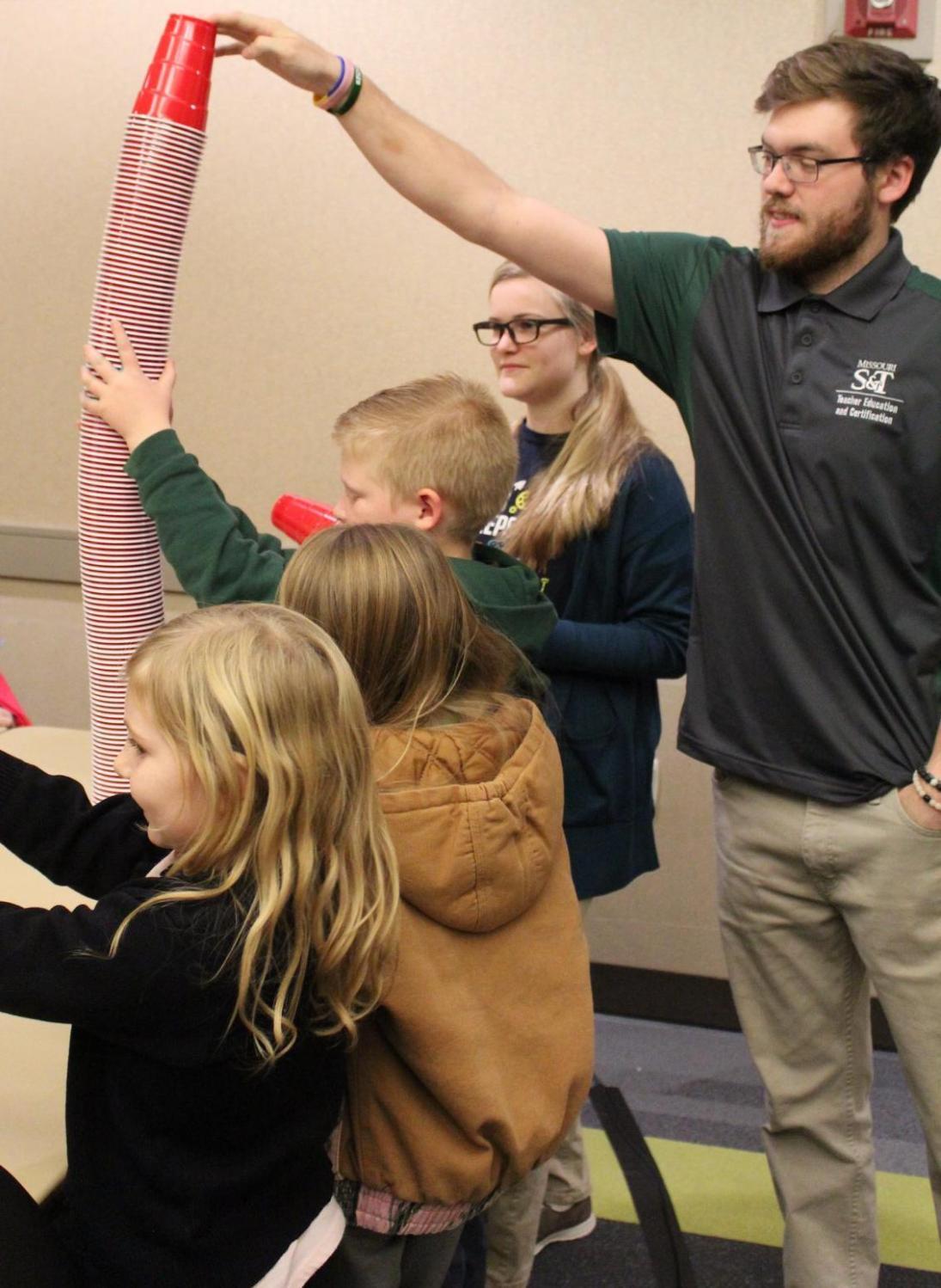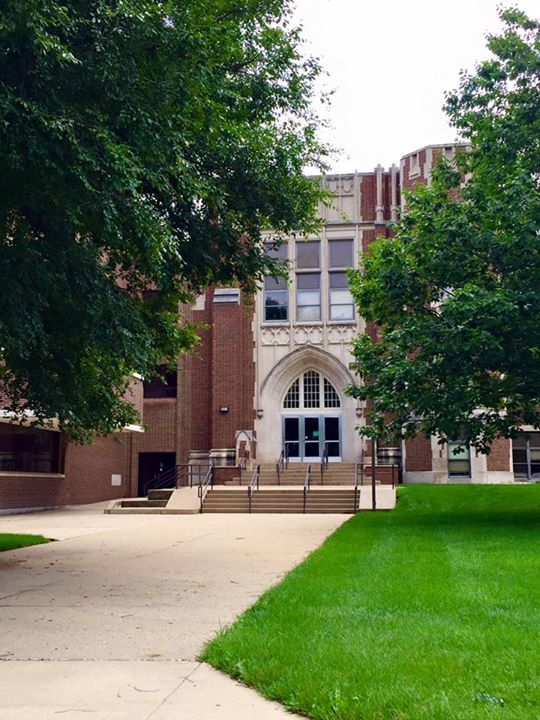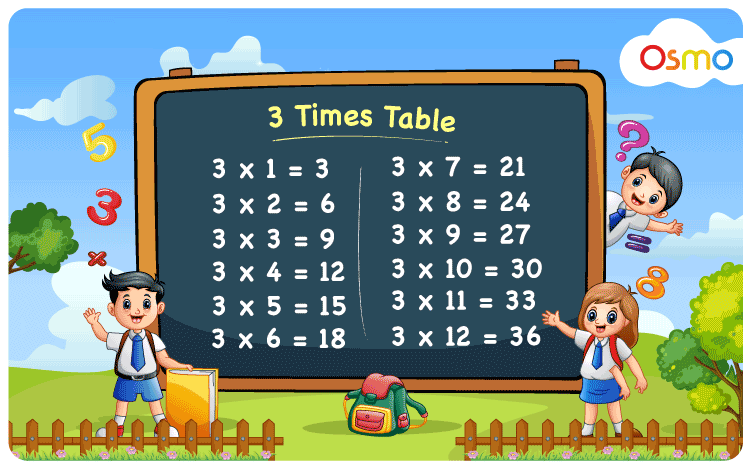
There are a variety of utah scholarships available for you to apply for. These include institutional scholarships, Terrell Bell Teaching Incentive Loan Program, and the Robert Price Memorial Scholarship. Depending on your type of education, there are many scholarships available.
Institutional scholarships for utah
Institutional Utah Scholarship Program offers college funding options to students. These scholarships can provide up to $3,000 in financial support for their education. The scholarships are open to Utah residents. Students must also be attending an eligible institution in order to qualify. Students must also demonstrate financial need and accept all other forms of aid available to them.
The Dream Center Scholarship, for example, provides up to $2,000 to an undergraduate student with a 3.0 GPA and at least 15 credit hours during the 2020-2021 academic year. This scholarship may be refused to applicants who are unable to complete at least 15 credits. They must however explain to the scholarship committee how they can not meet these requirements. A Utah high school diploma is required. A candidate must also show that they have not achieved a 4.0 GPA through high school. Students who do not have a document must complete a FAFSA paper form to apply for the scholarship.

StepUp to Higher education scholarship
The StepUp to Higher Education scholarship is an opportunity to help low-income students complete their college education. StepUp provides one-on-one support and scheduled assignment support sessions. This program helps students improve their academic skills as well as build their confidence to be successful in higher education. Applicants must be between the ages of 17 and 25 and be in good academic standing.
StepUp for Students (a nonprofit organization) provides college scholarships for students who are low-income and bullied. The program was able to help 116,000 students during the 2017-18 schoolyear. StepUp also offers special programs like the Hope Scholarship to students who were bullied, or who have a learning impairment.
Terrell Bell Teaching Incentive loan program
Terrell Bell Teaching Incentive loan Program is an award for service program that helps those who are interested in teaching to get the college degree they need. It provides financial support to Utah students who are outstanding in education. The loan pays tuition and general fees full-time for up 8 years. This program is open to public and private schools. To be eligible, students must have taught at least two years in a Utah school public or private.
This program is managed by the State Board of Regents, and funded by the Utah State Legislature. The available funding will affect the number and amount of awards.

Robert Price Memorial Scholarship
Robert Price Memorial Scholarship helps students from historically marginalized groups to pay for their education expenses. This scholarship can be used towards tuition, fees and books. It can be renewed for two academic year. The recipient must maintain a minimum 3.0 GPA as well as active participation in school and local activities.
Full-time undergraduate students at the School of Engineering are eligible for this scholarship. The Scholarship recipients are chosen on the basis of financial need as well as academic merit. The scholarship is also available by the EADS/Airbus North America Engineering, Inc., a Wichita, Kansas, firm. To be eligible, students must major in Mechanical Engineering.
FAQ
How long should I study each semester?
The amount of time you study depends on several factors: 1) How important the course is to your degree program; 2) How difficult the course is; 3) Whether you've taken the course before; 4) Whether you've studied other courses during the same semester; 5) Whether you're taking more than one class per week; 6) Whether you have outside commitments; 7) Whether you're enrolled full-time or part-time; 8) Whether you have financial aid available to pay for school expenses; 9) Whether you're living at home or off campus; 10) Whether you're married or single; 11) Whether you have children; 12) Whether you're going to school part-time or full-time; 13) Whether you plan to graduate early or later.
In addition to these factors, some schools may require you to take certain classes yearly. This means that you won’t be able to choose which courses you want to take in any given semester. Your advisor will tell you which courses are required for each semester.
How can I apply to college
There are many options for applying to college. Start by speaking with your high school admissions counselor. Many high school applications can now be submitted online. Local colleges can also be reached directly. Many colleges accept applications via the Internet.
If you choose to apply via mail, fill out the application. You will also need to write a personal story and attach copies of all documents. You can use the personal statement to tell why you would like to study at this school and what its benefits are to you. It helps the admissions team understand your motivations and goals.
You can find sample essays that you can download from our website.
What does it mean for a teacher to teach early childhood education?
A teacher in early childhood education must have specific training. Before being permitted to teach in public schools, most states require that candidates for teaching positions have been certified by a state board.
Some states require teachers passing tests in math and reading.
Some states require teachers who teach early childhood education to have completed a certain amount of coursework.
Most states set minimum requirements for what a teacher should know. These requirements are not the same in every state.
What is the average time it takes to become a teacher in early childhood?
The four-year process to earn a bachelor's level in early child education takes. You will spend two years taking general education courses required by most universities.
After your undergraduate studies, most people enroll in graduate school. This step allows for you to specialize in one area of study.
For example you could focus on child psychology, or learning disabilities. After completing a master's degree, you can apply to teacher preparation programs.
This process can take many years. This period will be filled with learning opportunities and collaborations with educators.
Finally, you will need to pass state exams before you can officially begin working as a teacher.
This process can take many years. Therefore, you won't immediately be able jump into the workforce.
What is a trade school?
Trade schools can be an alternative for those who have not had success in traditional higher education to obtain a degree. They offer career-oriented programs that help students get prepared for specific careers. These programs require students to complete two years of coursework in one semester. After that, they enter a paid apprenticeship program in which they acquire a job skill and get on-the-job training. Trade schools can include technical schools, community colleges and junior colleges as well as universities. Some trade schools offer associate degrees.
Statistics
- In most developed countries, a high proportion of the population (up to 50%) now enters higher education at some time in their lives. (en.wikipedia.org)
- “Children of homeowners are 116% more likely to graduate from college than children of renters of the same age, race, and income. (habitatbroward.org)
- These institutions can vary according to different contexts.[83] (en.wikipedia.org)
- Among STEM majors, that number is 83.5 percent. (bostonreview.net)
- Globally, in 2008, around 89% of children aged six to twelve were enrolled in primary education, and this proportion was rising. (en.wikipedia.org)
External Links
How To
what is vocational education?
Vocational education is an educational program that prepares students to work after high school and college. It teaches them specific skills for specific jobs (such as welding). This includes apprenticeship programs and on-thejob training. Vocational education stands out from general education. This is because it focuses less on general knowledge and more on developing skills for specific occupations. Vocational education does more than prepare for university. It helps people find jobs after graduation.
Vocational education is available at all levels of education, including primary, secondary, high school, college, universities, technical institutes as well as trade schools, community colleges and junior colleges. There are also many specialty schools like nursing schools and law schools, legal schools, medical schools and dental schools as well as veterinary medicine, veterinary medicine, firefighting, police academies and military academies. Many of these provide both academic instruction and practical experience.
A number of countries have made significant investments in vocational education over recent decades; for example, Australia, Denmark, Finland, Germany, Ireland, Japan, Luxembourg, New Zealand, Norway, Poland, Sweden, Switzerland, the United Kingdom, and the United States. It is still controversial whether vocational education is effective. Some argue it doesn't improve students' employability, while others argue it prepares them for the future.
The U.S. Bureau of Labor Statistics estimates that 47% of American adults possess a postsecondary certificate, or degree related to current occupation. This figure is higher among those with more education: 71% of workers aged 25-29 with a bachelor's degree or higher are currently employed in fields requiring postsecondary credentials.
The BLS reported that almost half the adult population of the country had at least one form of postsecondary credential as of 2012. A third of Americans have a two-year associate's degree and 10% hold a four year bachelor's degree. One fifth of Americans had a masters degree or doctorate.
For those with a bachelor’s degree, the median annual income was $50,000. This is compared to $23,800 if you don't have one. The median salary for people with advanced degrees was $81,300.
The median income for those who have not completed high school was just $15,200. Those with less than a high school diploma earned $13,000 per year.